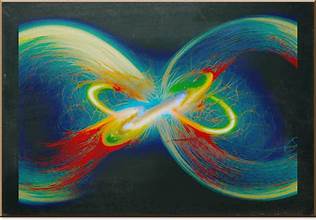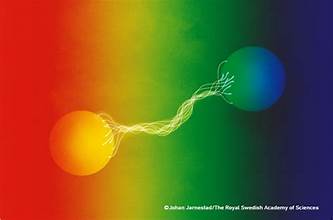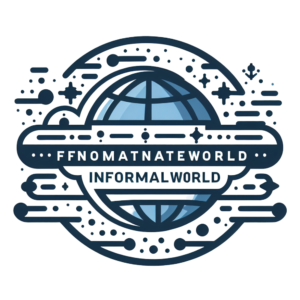
Quantum entanglement has long fascinated scientists and laypeople alike with its seemingly paradoxical implications. Recent breakthroughs in quantum entanglement research have the potential to revolutionize our understanding of physics. This article delves into the latest findings in quantum entanglement, their implications for the field of physics, and what we know so far.
What is Quantum Entanglement?
Quantum entanglement is a phenomenon where two or more particles become interconnected in such a way that the state of one particle instantaneously affects the state of the other, no matter how far apart they are. This non-local interaction appears to defy classical physics’ principles, particularly Einstein’s theory of relativity, which posits that information cannot travel faster than the speed of light.
Recent Breakthroughs in Quantum Entanglement
Recent advancements in quantum entanglement research have provided new insights and experimental confirmations that push the boundaries of our understanding. Key breakthroughs include:
- Enhanced Experimental Techniques: Researchers have developed more sophisticated tools for manipulating and measuring entangled particles. Innovations such as high-precision photon detectors and advanced laser systems have enabled scientists to explore entanglement with unprecedented accuracy.
- Long-Distance Entanglement: New experiments have demonstrated successful entanglement over longer distances than previously achieved. For example, recent studies have entangled particles over distances exceeding 100 kilometers. This progress paves the way for practical applications in quantum communication and quantum networks.
- Bell Test Experiments: Bell test experiments, which aim to test the validity of quantum entanglement against classical local realism, have seen significant improvements. Recent tests have addressed some of the loopholes that previously undermined the results, providing stronger evidence supporting the quantum entanglement phenomenon.
- Entanglement Swapping: Researchers have made strides in entanglement swapping, a process where two initially unentangled particles become entangled through a third entangled pair. This technique has the potential to create large-scale quantum networks by extending entanglement over greater distances.
Implications for Physics
The recent breakthroughs in quantum entanglement have profound implications for various fields of physics:
- Quantum Computing: Quantum entanglement is a fundamental resource for quantum computing. The ability to entangle qubits (quantum bits) effectively and reliably is crucial for building scalable quantum computers. Enhanced entanglement techniques could accelerate the development of practical quantum computing technologies.
- Quantum Communication: Entanglement is key to developing secure quantum communication systems. By leveraging entanglement, scientists can create unbreakable encryption methods and establish secure communication channels over long distances. The progress in long-distance entanglement brings us closer to realizing these quantum communication networks.
- Quantum Teleportation: Quantum teleportation, the transfer of quantum information between distant particles without physical movement, relies on entanglement. Improved entanglement techniques could advance the feasibility of quantum teleportation, potentially revolutionizing information transfer and communication.
- Fundamental Physics: The confirmation and extension of quantum entanglement challenge our understanding of fundamental physics. These findings could lead to new theories or modifications of existing ones, potentially reshaping our comprehension of space, time, and causality.
What We Know So Far
As of now, the key takeaways from the latest quantum entanglement research include:
- Experimental Evidence: The experimental evidence supporting quantum entanglement has become more robust, with recent tests addressing previous limitations and loopholes.
- Technological Advancements: Technological advancements have enabled more precise measurements and longer-distance entanglement, opening up new possibilities for practical applications.
- Future Directions: Ongoing research aims to explore the limits of entanglement, develop new entanglement-based technologies, and investigate the fundamental implications of these findings for physics.
Conclusion
The recent breakthroughs in quantum entanglement research represent a significant leap forward in our understanding of the quantum world. These advancements not only reinforce the validity of quantum entanglement but also open new avenues for technological innovations and theoretical explorations. As we continue to unravel the mysteries of quantum entanglement, we can anticipate transformative changes in fields ranging from quantum computing to fundamental physics.









